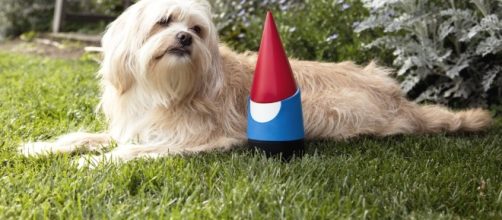Google released various videos on April Fools Day showcasing imaginary products that they were supposedly offering to consumers. Many of which came with their own fictitious “tie-in” videos featuring actors enjoying the products, often before they reveal their true and rather hazardous nature. Various countries around the world became involved with the holiday promotion.
The one day 'fake news' is all in good fun
"Google Gnome," a play on "Google Home," served as a digital assistant who dressed like a garden gnome and answered requests that concerned outside activities, whereas its real-life counterpart is based around indoor concerns.
A tie-in video was released to promote the fictional device, whose actions involve telling people what plants are safe to eat and giving existential speeches on how we are all essentially compost that is destined to one day return to the Earth.
One fictional offering seemed to forget the point of virtual reality. "Haptic Helpers" offered a service in which human workers come into people's homes to assist with the VR experience by trying to make the experience as true to life as possible, which involved touching and tasting things for people. A tie-in video offered people the chance to volunteer as a beta tester.
Google teams within the Netherlands and Japan also got involved
“Google Wind” was one fictional product that came from the Google team based in the Netherlands.
The titular imaginary system aimed to help the Dutch against the country's weather. Manipulating windmills so that they would create wind rather than collect it, a tie-in video showcased people being blown away by the product.
The "Google Puchi Puchi Keyboard" allowed people to type who loved the sensation of popping Bubble Wrap within Japan. The tie-in video quickly showed how serious it took itself by then alleging that each of the bubbles had specific scents, such as from Hawaii or from the South Pole. As a joke, one person using the bubble wrap said that it could really be used to bridge humans and machines, referencing the use of bubble wrap to conceal products.

